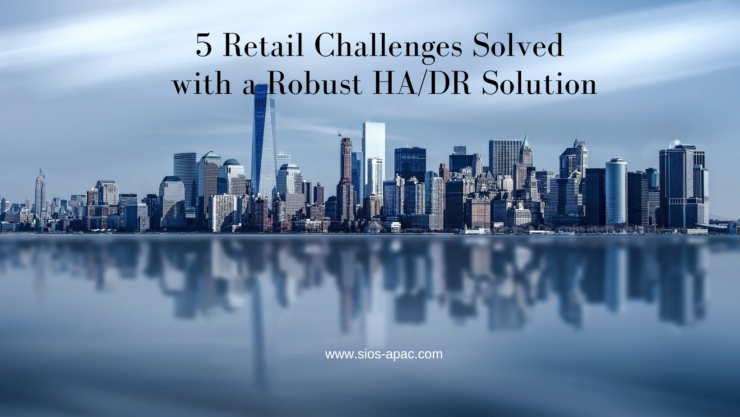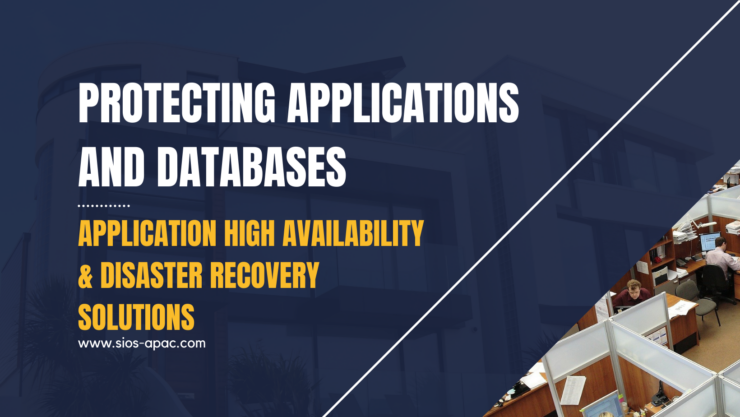Video: Why Your High Availability Environments Require Professional Help
There is a huge uptick in demand for having central applications, software, databases, and data to be available at all times. Anytime these cannot be accessed, cannot be brought up, or cannot be connected to will cause severe loss of money and opportunities.
In this video, Customer Experience Software Engineer Matthew Pollard shares his insights on the importance of finding the right vendor to help deploy and maintain high availability (HA) environments.
Current trends in the market:
- An HA environment is complex, with a lot of components to take into account: networks, operating systems, storage layer, the platform, server clusters, etc. There has been extra pressure on internal teams to remain hyper vigilant and responsive.
- It has become important to have HA professional services vendors that you can refer to and get assistance from to set up and configure your environment.
- Whether hiring a professional service is a one-time solution or part of your long-term high availability strategy depends on the maturity of the environment and the internal team. There’s always room for improvement, ways to expand that coverage into other parts of your organization, how to group things together and make your teams aware of high availability. Once the internal team becomes more knowledgeable, issues can be resolved quicker without the need for a vendor. Resolutions are incorporated into the documentation and runbooks.
- During initial HA configuration, it’s very easy to miss small things between servers. What works beautifully on the first server may not necessarily work on the second once the first one fails.
- After an HA deployment, everything on the node may be working fine, but something in the low-level layer of the central services could break that you might not know about, causing an issue when things try to move from one server to another.
Categories of external professional services available to help companies with HA environments:
- There are services for configuring and installing your high availability solutions: making sure that your applications or your databases are configured correctly for the high availability solution to use them correctly.
- There are services for standby resources or a standby engineer where if you run into an issue during maintenance or go-live where you’ve got a set window of time to have this completed in, there is someone standing by to help you.
- There are services either for regular maintenance or for when you’re standing up even more high availability environments after that first one.
- There are services for configuration, health checks, and validations, that you can run on your environments to make sure that everything was done right, you’re following best practices, you don’t have anything that might cause issues or even outages later on.
- There are training engagements where your internal teams are trained by the solution provider so that they can more effectively administer and configure the solution itself.
The SIOS advantage:
- It is a dedicated high availability provider, unlike other products where they may have optional HA components that you can configure or turn on.
- It provides and maintains high availability environments for customers.
- It offers well-defined packages of services, detailing each service along with the value that the customer is going to get out of it. This makes it easier to present to the customer’s management for buy-in.
Advice for companies looking to implement a high availability strategy:
- Do that groundwork and be really thorough. Know your SLAs, requirements for your business and your end-customers, real-time operating system (RTOS), recovery time objectives, and recovery point objectives for your data and availability. Make sure the vendor knows them too.
- Establish clear communication protocols between all your internal teams and the vendor. Have someone who might be ready at any point to jump in and assist to help resolve an issue within the appropriate time frame.
- Once you have high availability, be proactive with it. It’s something you still have to monitor, so that when the time comes for it to do its job, it can do so unimpeded.
Reproduced with permission from SIOS




